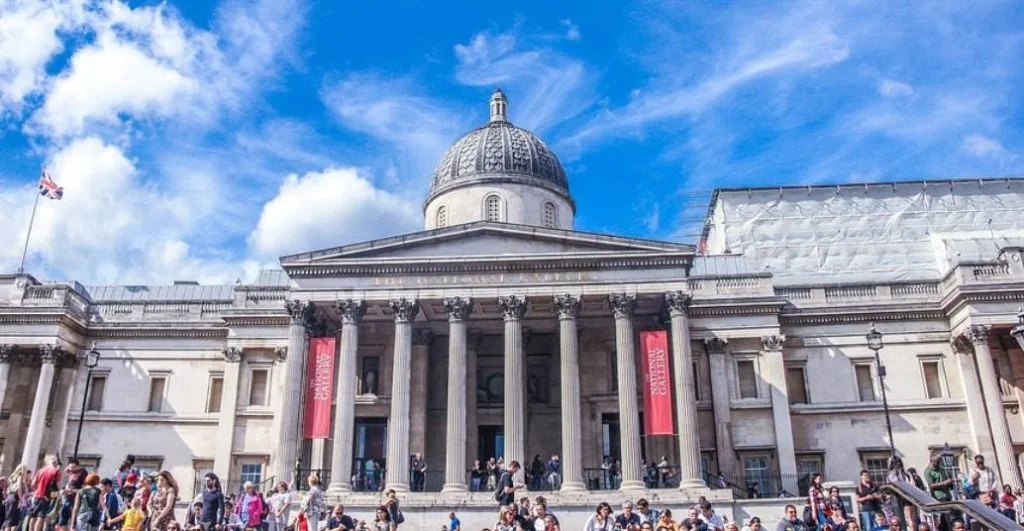One of the greatest Baroque artists of his time had built such an extensive workshop during the final years of his life that he could afford to paint for his pleasure.
One of these Rubens paintings depicts the place he loved the most. Let’s take a closer look at some of the most interesting facts about “A View of Het Steen in the Early Morning,” a work by Peter Paul Rubens (1577-1640) with an interesting story to tell.
1. It was completed about 4 years before the artist passed away
Peter Paul Rubens was a cultured painter and diplomat who had traveled all across Europe on various diplomatic missions for the Duchy of Brabant in the Southern Netherlands.
By the time he returned home in the early 1630s, his first wife, Isabella Brant had passed away, and the man was in ill health. Although he found himself a new young wife, Hélène Fourment, he started looking for a place to spend his final years in peace.
This doesn’t mean that he wasn’t still active in his home city of Antwerp, a place where he ran his large workshop. He completed A View of Het Steen in the Early Morning in 1636.
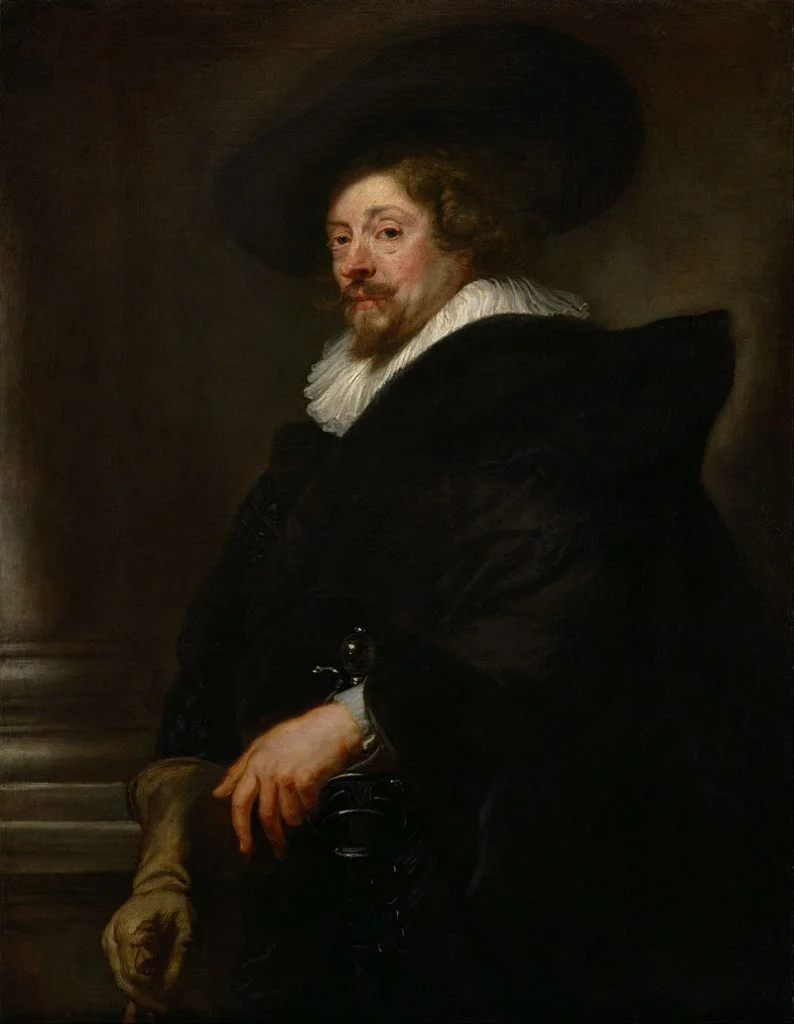
2. It depicts a castle that he bought in the year 1635
The artist had lived and worked at the Rubenshuis in Antwerp, a Renaissance building he redesigned shortly after he returned from an extended stay in Italy in 1610. He lived here together with his first wife and their children and also built his workshop here.
We can only imagine that he didn’t want to live here anymore following the death of his wife and wanted to start a new life away from the city with his second wife, a young girl who was the niece of his first wife.
He eventually bought a castle known today as either “Het Steen,” the “Rubens Castle,” or “Elewijt Castle.” Elewijt is the name of the small village it’s located in. The village is part of Zemst, a town in the Belgian province of Flemish Brabant in between the two cities of Brussels and Mechelen.
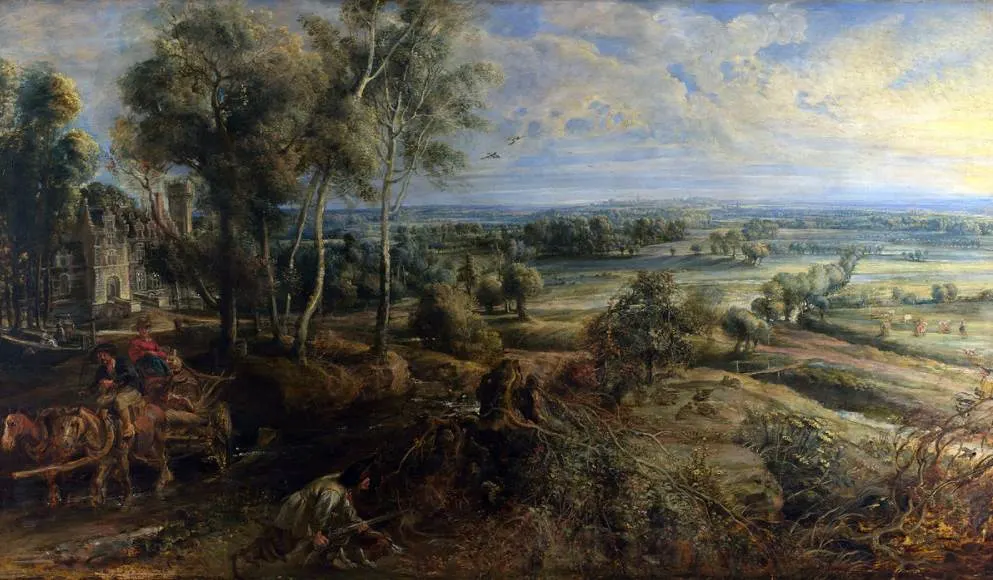
3. It wasn’t a commission and painted for the artist’s own pleasure
Being able to, purchase a castle of this size wasn’t possible for the ordinary man in the 17th century. When Rubens returned to Antwerp from missions in Spain in England, he was knighted by both Philip IV of Spain and Charles I of England.

This unusual recognition from two enemies at the time and the wealth he was able to amass from producing paintings for the richest patrons in Europe allowed him to get approval from the Council of Brabant to acquire this property.
This and the fact that he was already rich are some of the main reasons why he so enthusiastically started working on depictions of Het Steen along with the magnificent Flemish landscape that surrounds it.
Because the sunlight comes from the righthand side of the painting, it’s believed that this painting hung on the opposite wall of a painting called “The Rainbow Landscape.”
This painting, now part of the Wallace Collection, depicts an alternative view of the landscape and is believed to have hung on the opposite wall of one of the artist’s rooms.
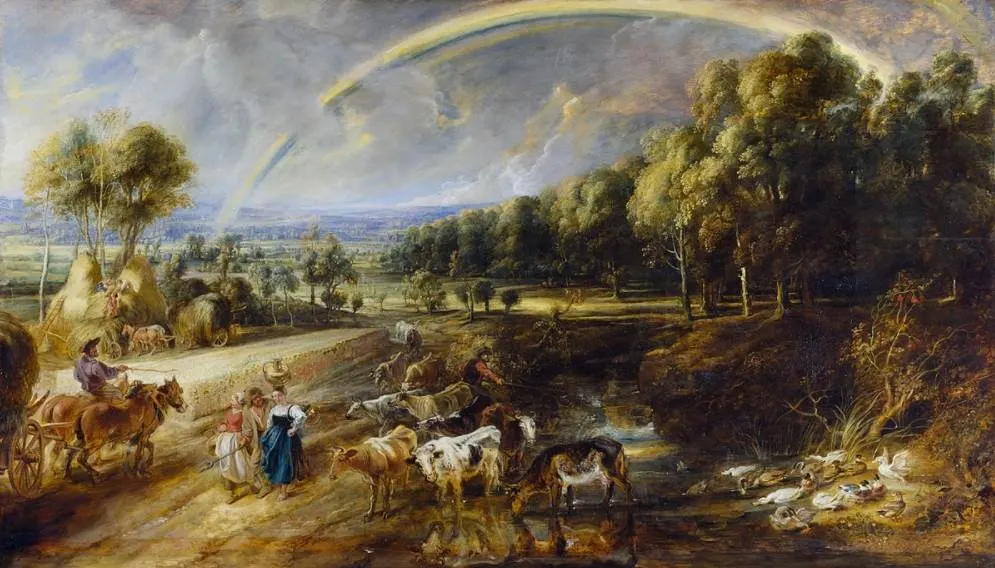
4. The depicted scene took place on a cold autumn morning
The painting provides a birds-eye view of the typical Flemish rural landscape of the 17th century, a period in which the countryside extended as far as the eye could see without the dense urbanization we see today.
The painting features 3 color palettes with brownish in the foreground, green and gold in the middle of the painting, and blue in the hazy distance. The dew on the grass of the meadows emphasizes the notion that it depicts a cold Autumn morning.
Other figures in the painting are:
- A man with a gun and dog, ready to shoot the game that is feeding nearby.
- Milkmaids who are milking the cows in the fields.
- A couple riding a farm cart.
- A man fishing in the moat of the castle.
- The lord and lady of the castle ready to go for their daily stroll while the maid takes care of their baby.
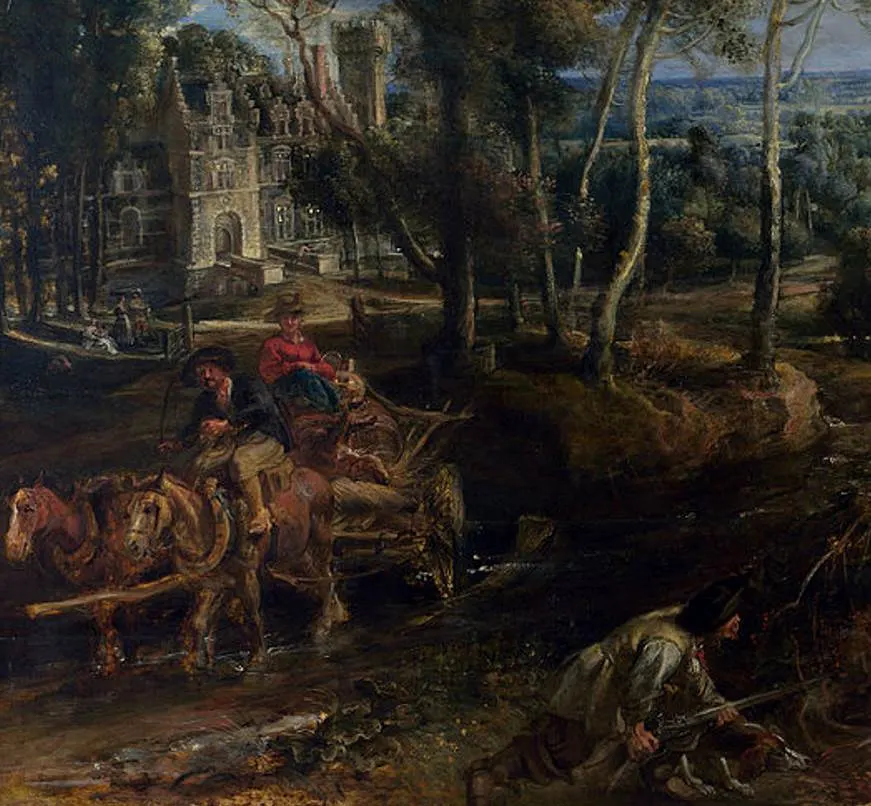
5. Rubens initially intended the painting to be much smaller
One of the most remarkable facts about this painting is that the castle on the left is the least prominent element, especially compared to the vast landscape that dominates the center and right part of the painting.
That’s because Rubens initially started by pinning together 3 planks. He changed his mind as he went along because he continuously added more planks to increase the size of the painting.
It eventually ended up consisting of 17 separately and unevenly-shaped panels. This is another confirmation that Rubens never intended to ever sell this painting as no patron would have accepted a shabby job like this.
6. It wasn’t his only painting that depicts his castle
The painting is one of a series of landscapes painted by Peter Paul Rubens during the final years of his life, all for his pleasure rather than for a patron.
These landscape paintings eventually became the inspiration for famous Romantic artists, including renowned British landscape artist John Constable (1776-1837).
He also included the castle from a completely different angle in a work completed between 1635 and called “Tournament in front of Castle Steen.” This is part of the collection of the Louvre Museum in Paris and one of the most illuminated of all his landscape paintings.
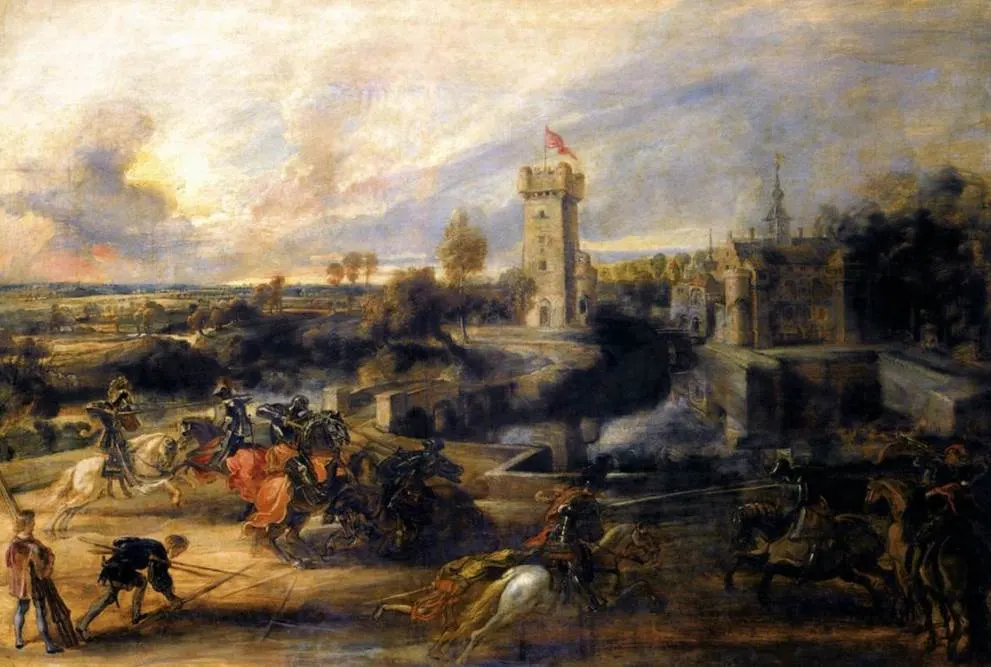
7. How big is A View of Het Steen in the Early Morning by Rubens?
The painting was most probably going to be pretty small initially because this isn’t a work of monumental scale. It did eventually end up becoming much bigger than the 3 small planks he initially put together.
The 17 planks of which this oil on oak painting is made up of have dimensions of 137 × 235 centimeters (54 x 93 inches).
8. Where is the painting located today?
The painting was still owned by the artist when he passed away, together with The Rainbow Landscape,” a painting that was similarly put together with multiple smaller panels of wood.
Today, “A View of Het Steen in the Early Morning,” also referred to as either “Het Steen” or “Château de Steen with Hunter,” is one of the paintings in the collection of the National Gallery, one of the most popular museums in London.
